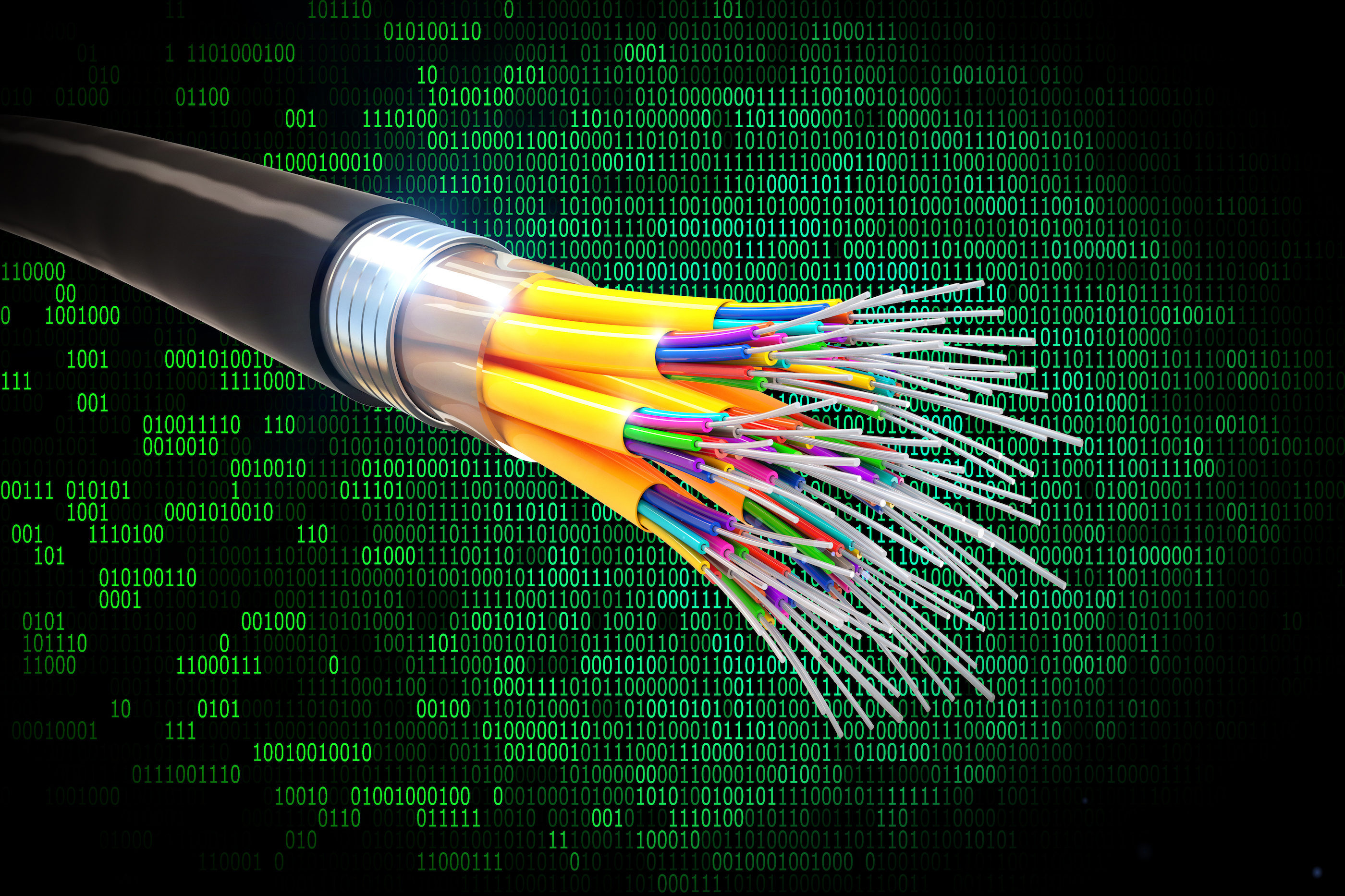Fiber-optic Connections: A Next Generation of Online Speed
In this environment, the demand for fast and reliable internet connectivity has never been greater. As more households and businesses relying on online services for everything from working from home to broadcasting high-definition content, the need for speed and stability has become a top priority. Introducing fiber optic internet, a groundbreaking technology that is reshaping the way we connect to the digital world. Due to its capability to deliver blazing speeds and exceptional dependability, fiber optic internet is quickly becoming the ultimate standard for connectivity, promising a tomorrow that aligns with our expanding online requirements.
Whether you're a video game enthusiast seeking uninterrupted play, a professional conducting video conferences, or a family juggling multiple devices, the advantages of fiber optic internet are obvious. With faster upload speeds to improved security and low latency, transitioning to fiber offers an unmatched online experience. As we delve into the many perks of fiber optic connectivity, it becomes evident that making the switch is not just a smart move; it is vital for anyone looking to enhance their digital lifestyle and prepare for the future.
Top Pros of Fiber Optic Internet
Fiber internet offers unmatched performance and dependability, making it a top choice for households and companies alike. With upload speeds that can reach up to 1 Gbps and even higher, users experience practically instantaneous access to content and services. This level of performance is especially advantageous for tasks such as viewing HD videos, enjoying online games, and managing large files. The effectiveness of fiber optics ensures that even during peak usage times, the connection remains consistent and fast.
Furthermore, fiber internet significantly enhances the user experience by providing minimal delay. This means that information travels more quickly, leading to more seamless online interactions and reduced lag during gaming or video calls. Families with numerous devices connected at once benefit tremendously from fiber's ability to support numerous concurrent connections without a dip in quality. This quality makes fiber an ideal option for working from home or education, where seamless connectivity is essential.
Finally, fiber optic internet is better suited for the future than traditional cable or Digital Subscriber Line options. As demand for faster internet speeds continues to rise, fiber networks can easily be improved to meet these demands without the need for extensive infrastructure changes. Investing in fiber not only improves today’s online experiences but also equips households and businesses for the growing bandwidth requirements of the future. This makes fiber internet a wise investment for anyone looking to remain competitive in an increasingly digital world.
Fiber Internet vs. Alternative Choices
As contrasting fiber internet to conventional choices like cable internet and DSL, the distinctions are notable. Fiber internet utilizes state-of-the-art technology that enables data to travel at the speed of light through fiber optic or plastic fibers, which significantly surpasses the copper lines used in cable and DSL connections. This results into quicker download and upload speeds, making fiber the preferred choice for users who require high performance, whether for streaming, gaming, or working from home.
One of the noteworthy advantages of fiber internet is its reliability. In contrast to cable and DSL, which can be susceptible to signal disruption and degrade with higher demand or inclement weather, fiber maintains a consistent connection in different conditions. This robustness is critical for businesses that rely upon constant connectivity, ensuring that processes remain smooth and fluid. Additionally, fiber internet boasts lower latency, making online activities more responsive and enjoyable.
Safety is another key factor where fiber internet outshines its competitors. The difficulty of tapping into fiber optic lines makes them inherently more protected than conventional internet services. This aspect is especially important for households and businesses that transfer sensitive information online. As more people become aware of these advantages, the need for fiber internet continues to increase, leading to significant upgrades in city and country areas alike.
The Outlook of Optical Internet
As people move further into the technological age, optical fiber internet is positioned to become a backbone of rapid connectivity. Its capability to transmit data at the speed allows unparalleled internet performance, rendering it an integral part for both professional use. The need for faster, more dependable internet is on the rise, and fiber technology meet this need with greater bandwidth and lower latency compared to traditional options. This evolution ensures that optical fiber connectivity will play a significant role in defining our online experiences.
In the past few years, the growth in remote work and the development of smart home technologies have highlighted the necessity for robust internet solutions. Optical fiber internet stands out due to its ability to support multiple devices simultaneously without sacrificing speed. Families can watch movies in incredible 4K quality, engage in crystal clear video calls, and take part in high-performance gaming all at once, creating a flawless online environment. The future of fiber is not just about speed; it’s about advancing our daily lives and making technology more available.
Furthermore, as an increasing number of businesses acknowledge the significance of reliable connectivity, the shift toward optical fiber upgrades will likely speed up. Companies across multiple industries are turning to fiber to ensure effective operations and improved performance in applications like cloud computing and telehealth. This change not only benefits individual users but also strengthens the optical fiber internet infrastructure, paving the way for intelligent city initiatives and increased digital inclusion in urban and rural areas alike. The future of connectivity is promising with optical fiber at the forefront of the charge.
